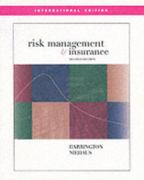Question
Inverse demand is p = b(20 q) (with b > 0.4), private average = marginal cost is C = 2, and environmental damage per unit
Inverse demand is p = b(20 q) (with b > 0.4), private average = marginal cost is C = 2, and environmental damage per unit of output is 6. Consumer welfare equals consumer surplus. Taxpayers benefit from tax revenue, and they do not like having to pay the cost of subsidies.
(a) Write the price elasticity of demand, and describe the relation between b and this elasticity.
(b) Find the optimal pollution tax for the competitive firm as a function of b. Why did we assume b > 0.4?
(c) Find the optimal pollution tax under the monopoly as a function of b.
(d) Graph the optimal taxes under competition and monopoly as functions of b. Describe these graphs in a few words. Provide an economic explanation for the relations between the optimal tax and the slope of the inverse demand function, under both a competitive firm and a monopoly.
Step by Step Solution
There are 3 Steps involved in it
Step: 1

Get Instant Access to Expert-Tailored Solutions
See step-by-step solutions with expert insights and AI powered tools for academic success
Step: 2

Step: 3

Ace Your Homework with AI
Get the answers you need in no time with our AI-driven, step-by-step assistance
Get Started


